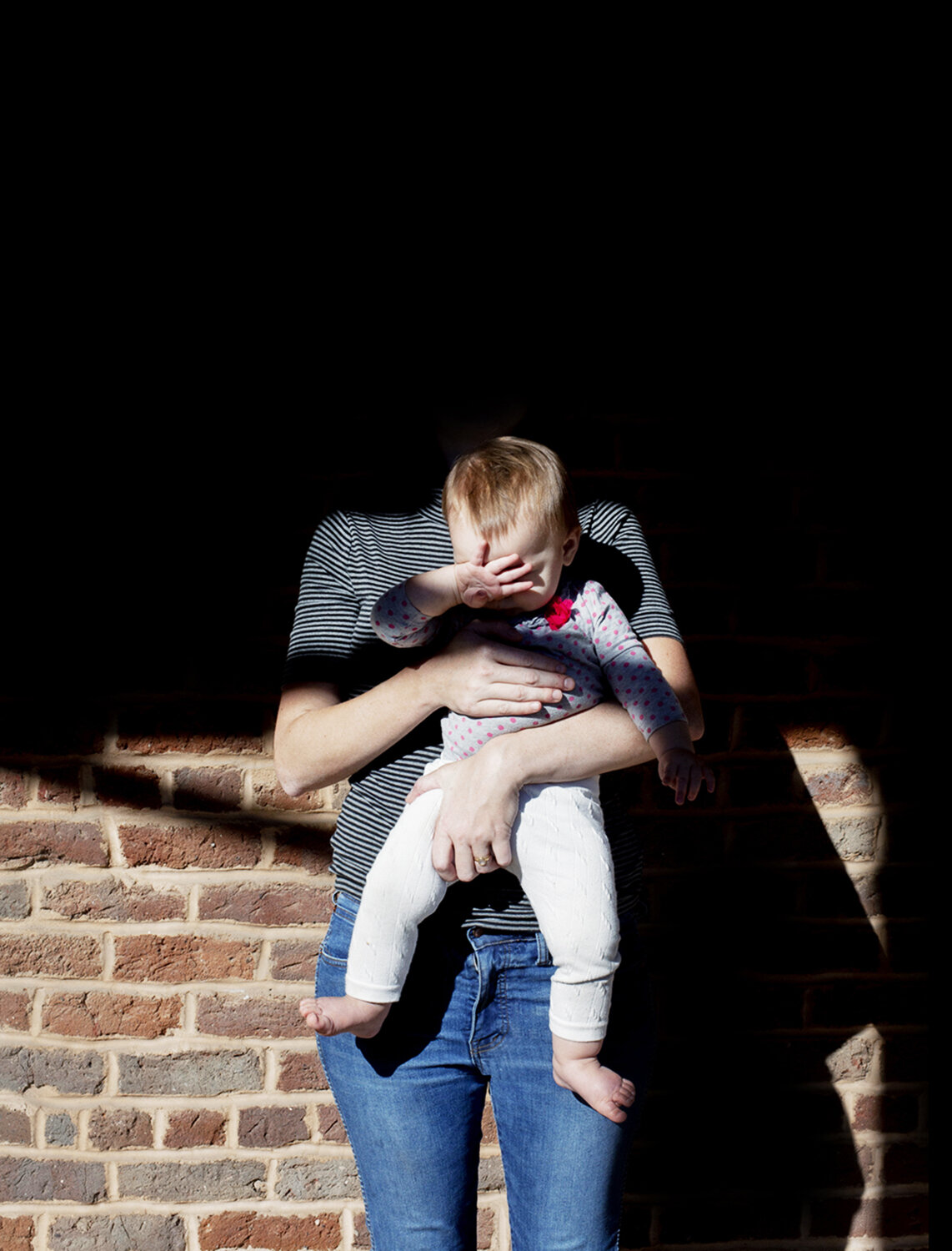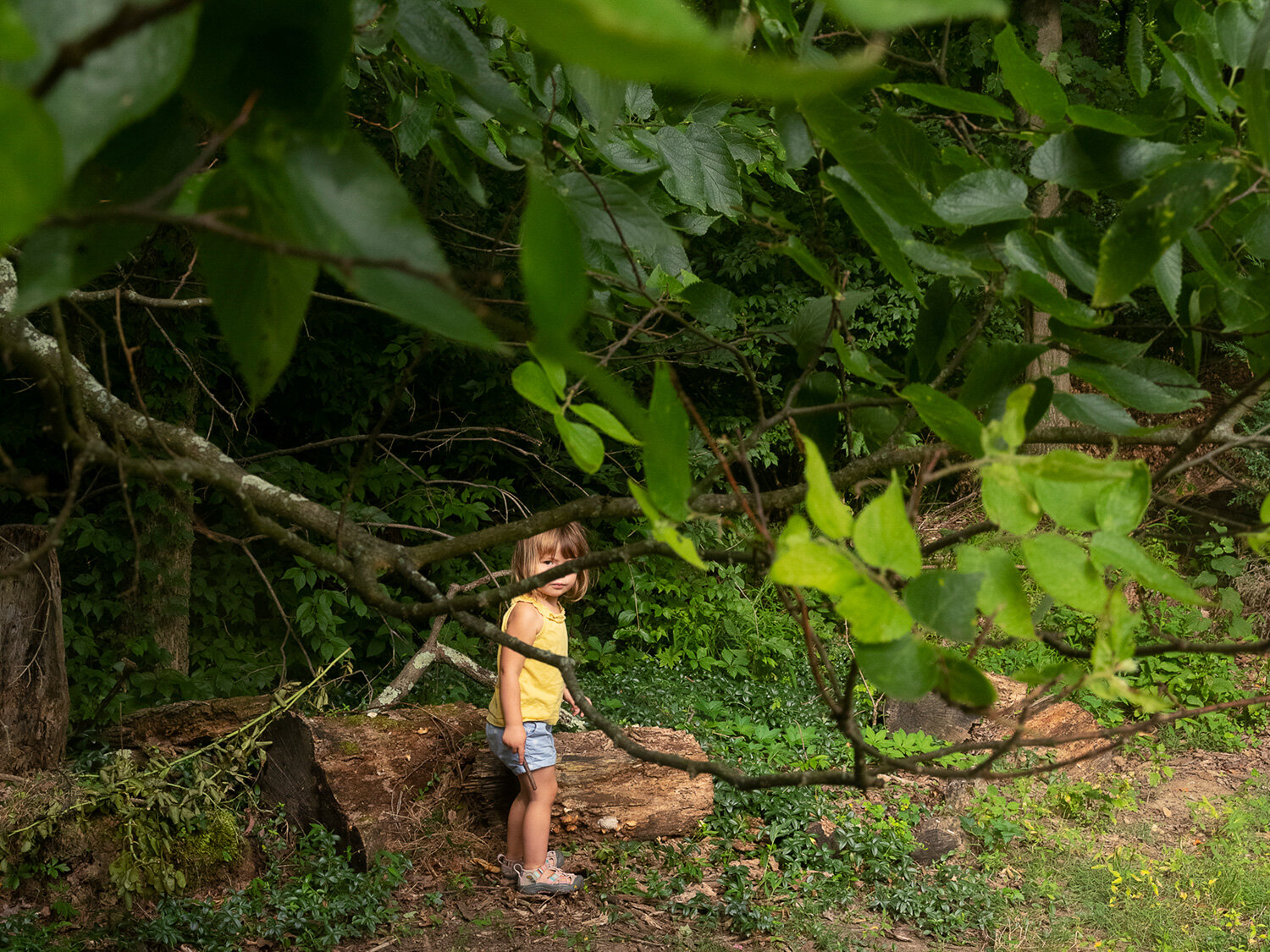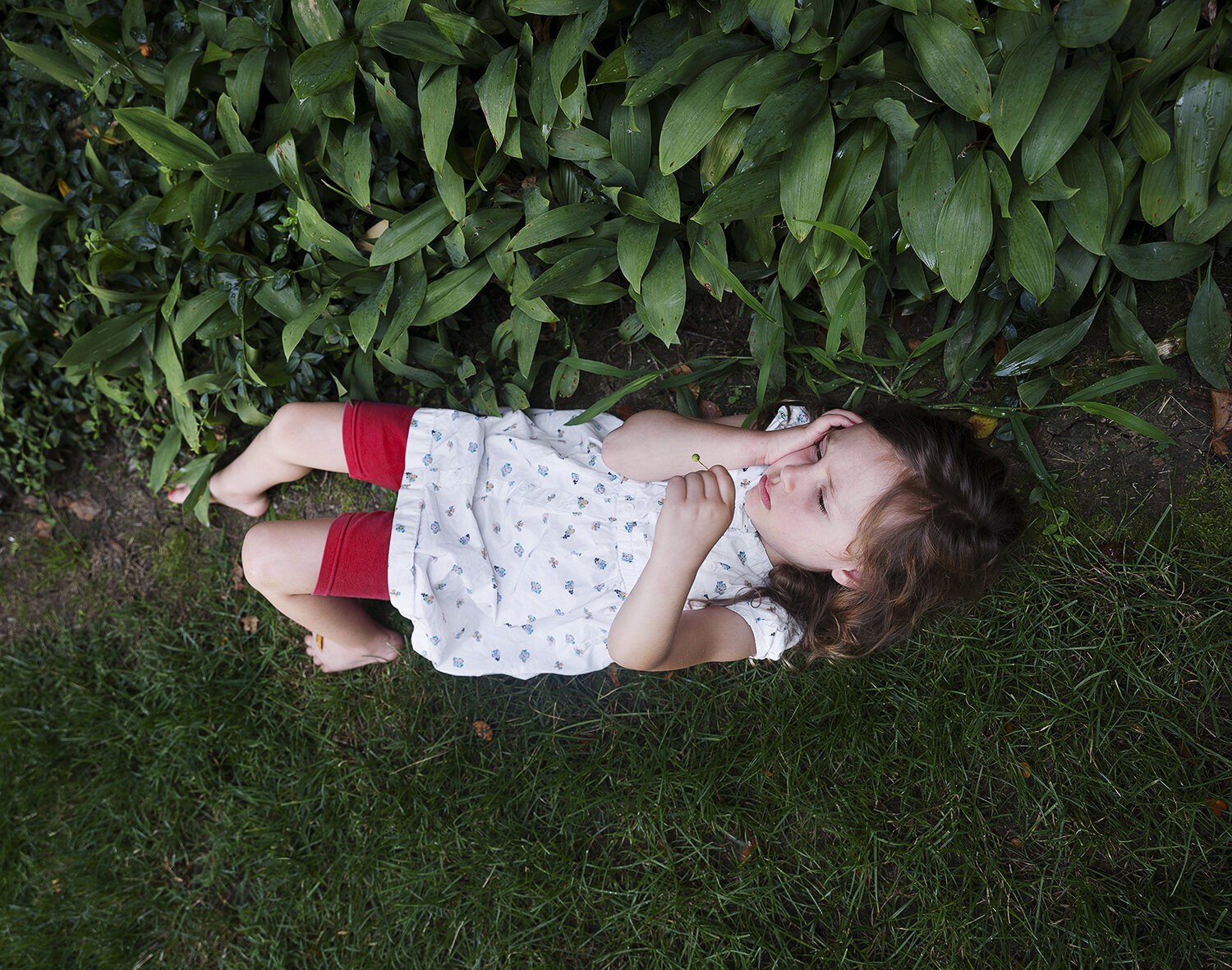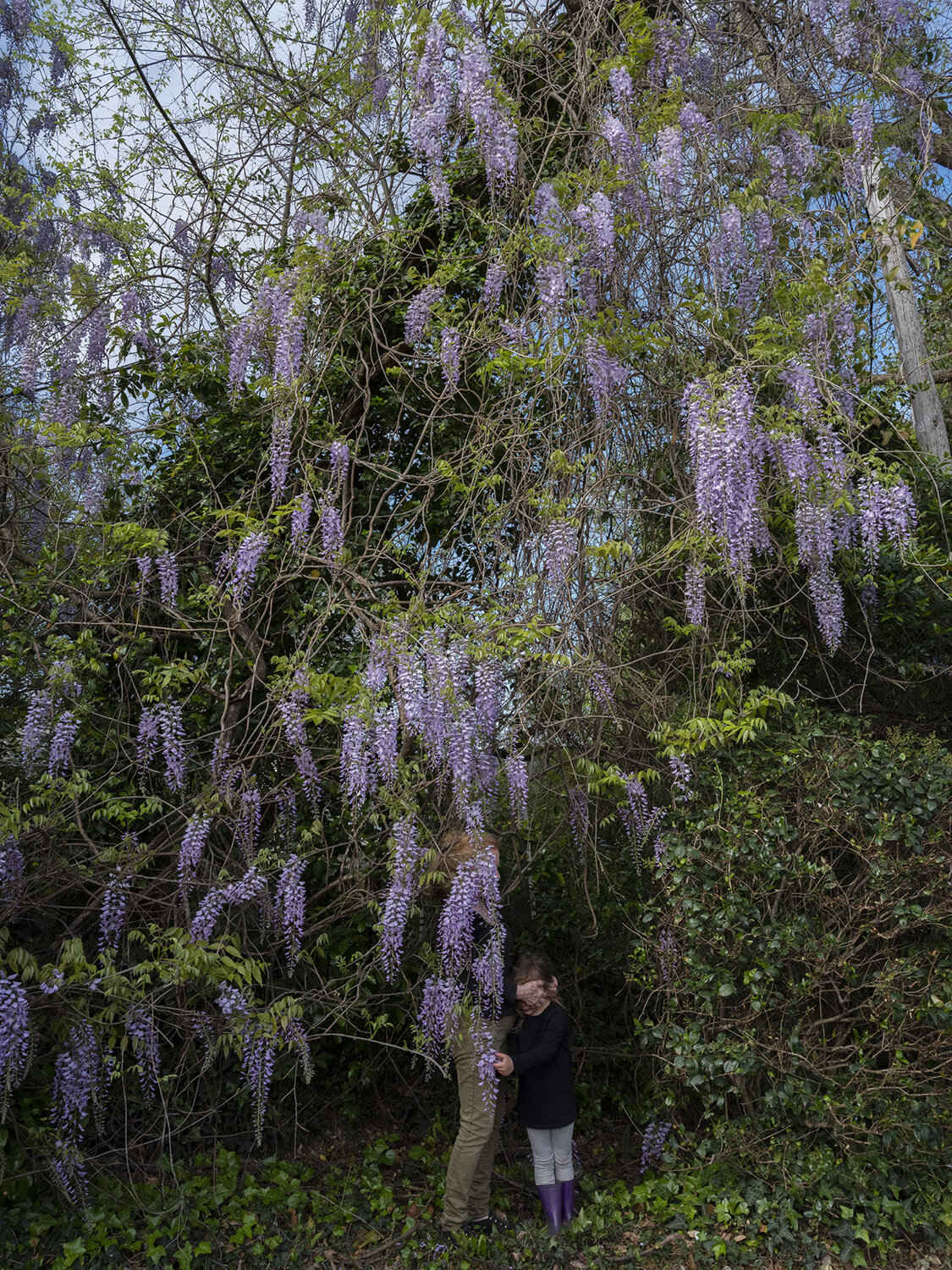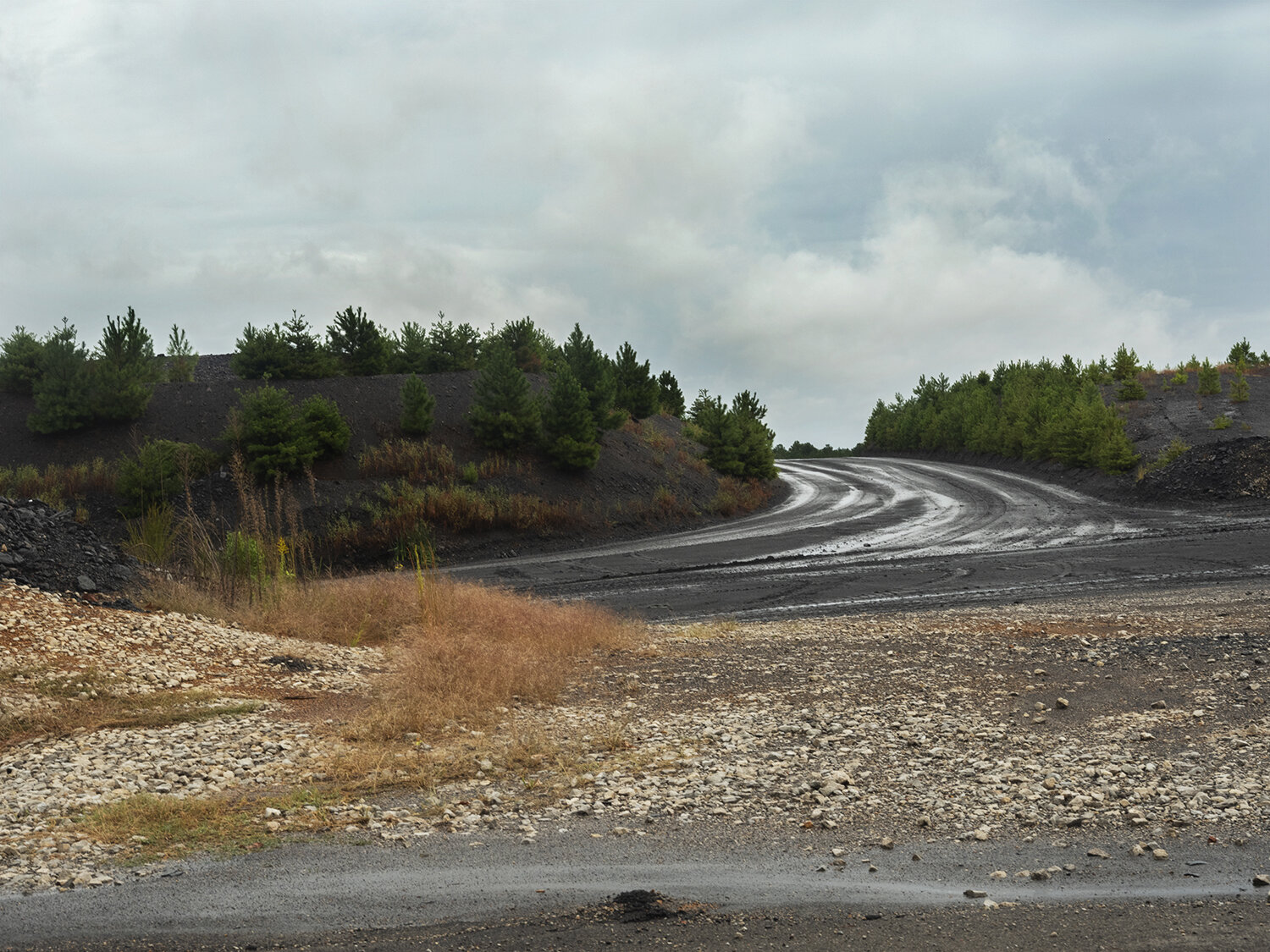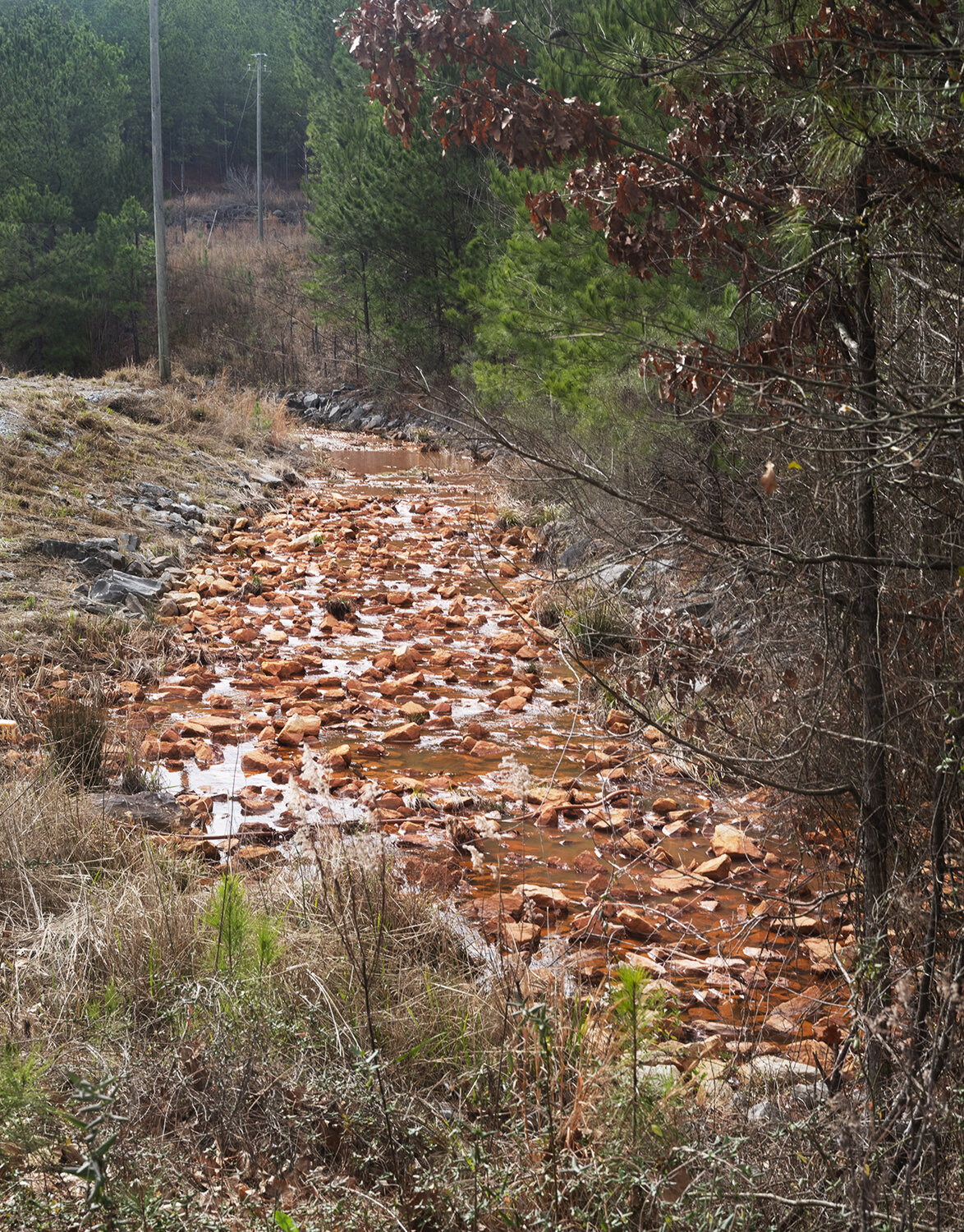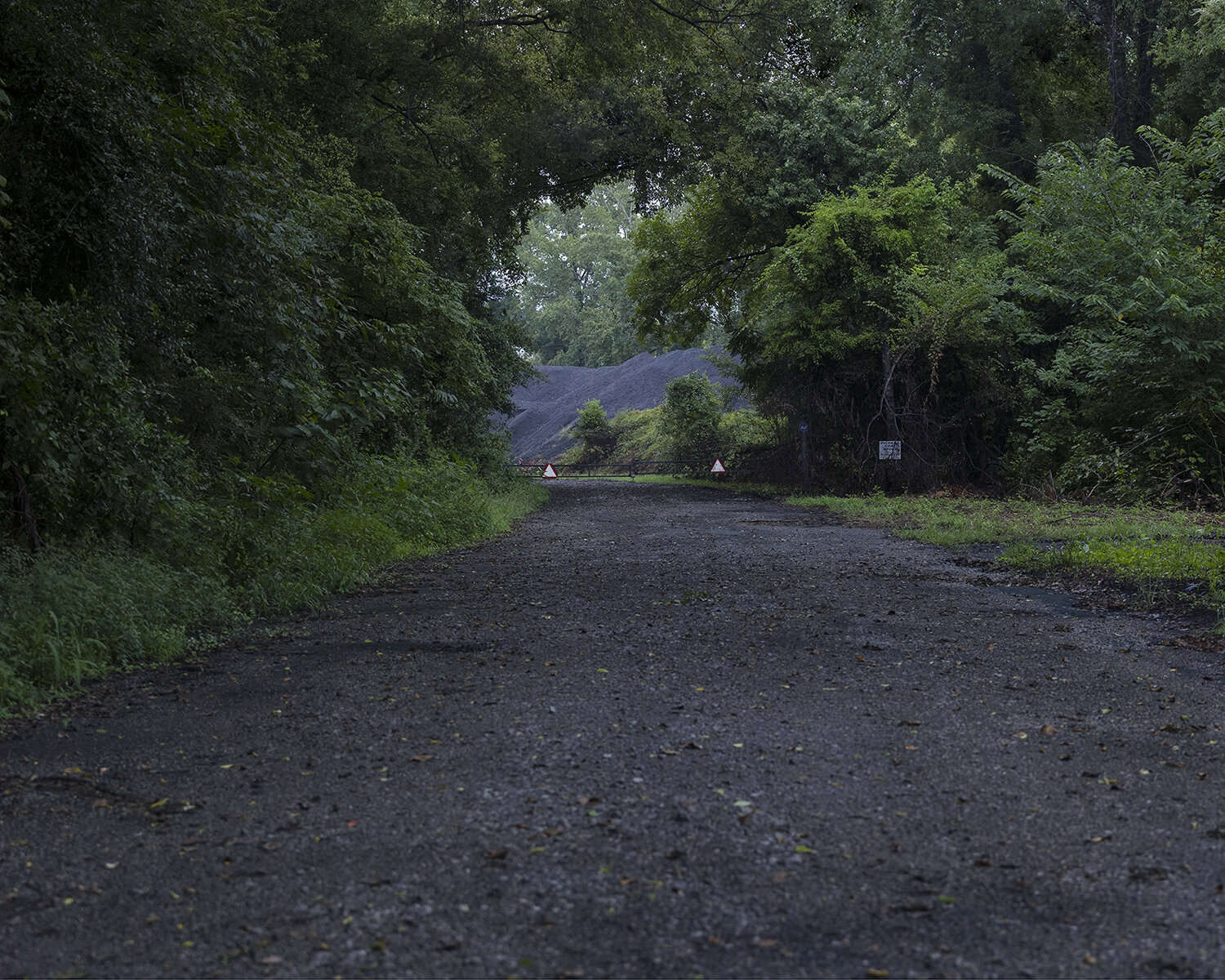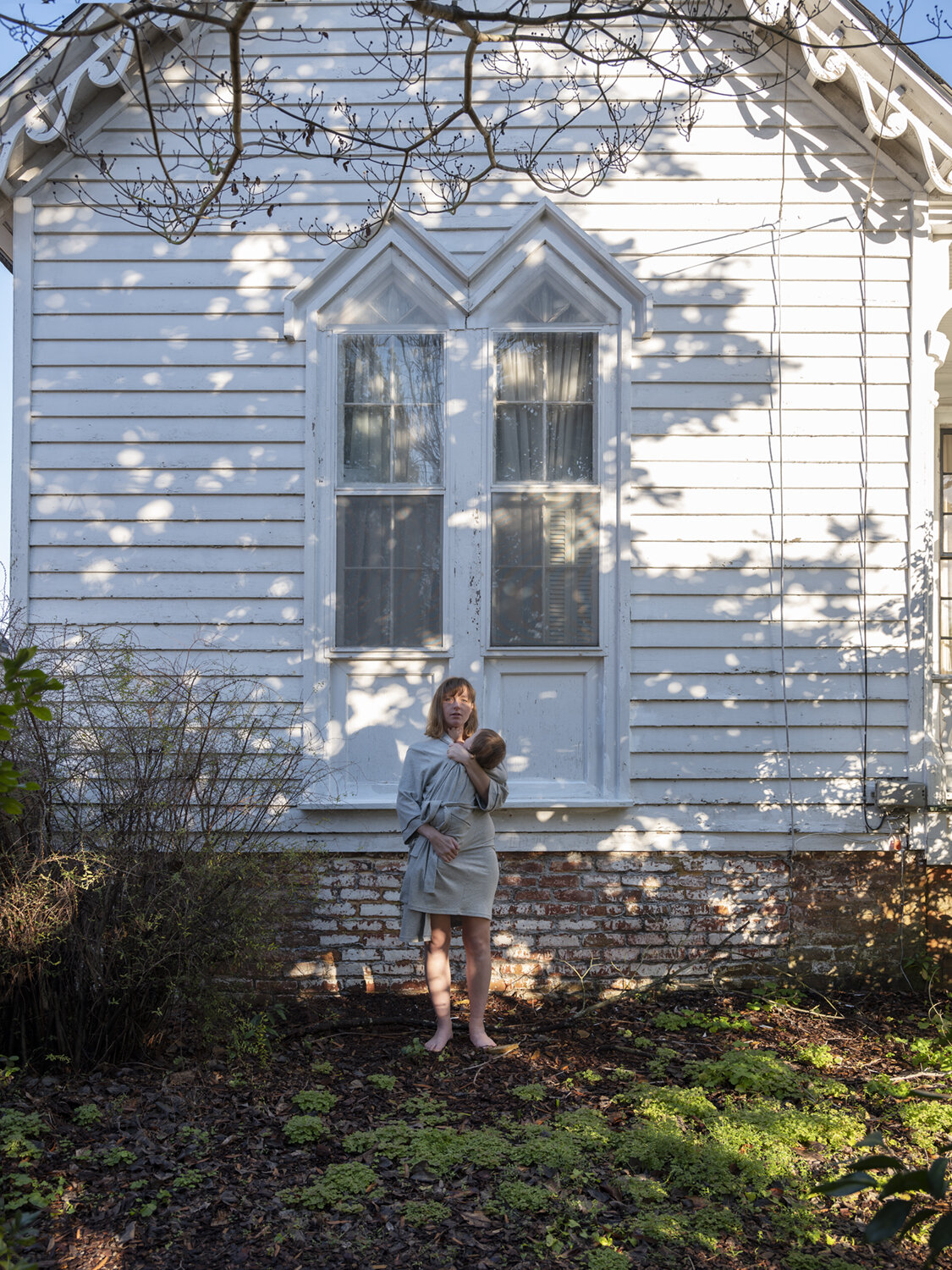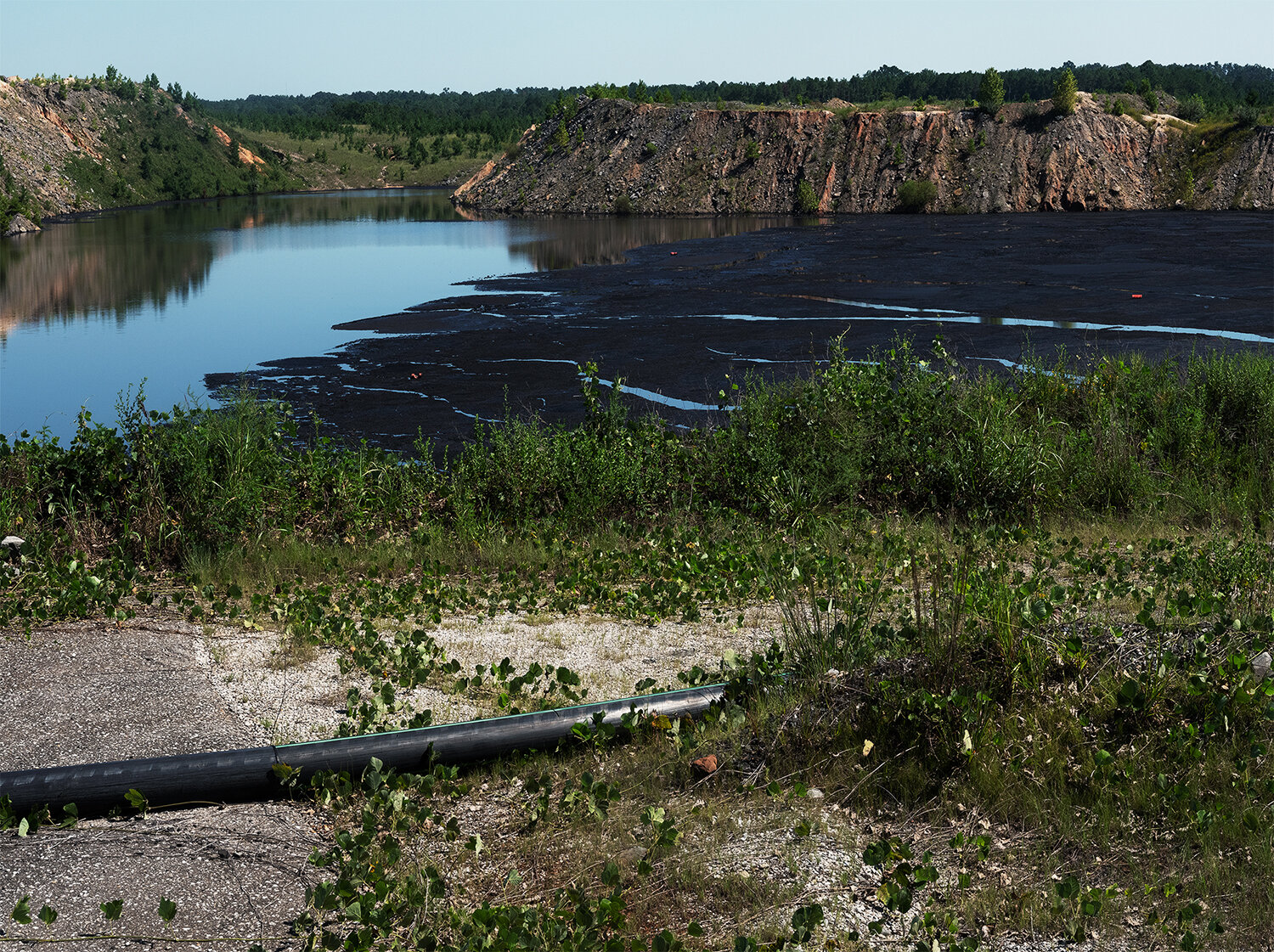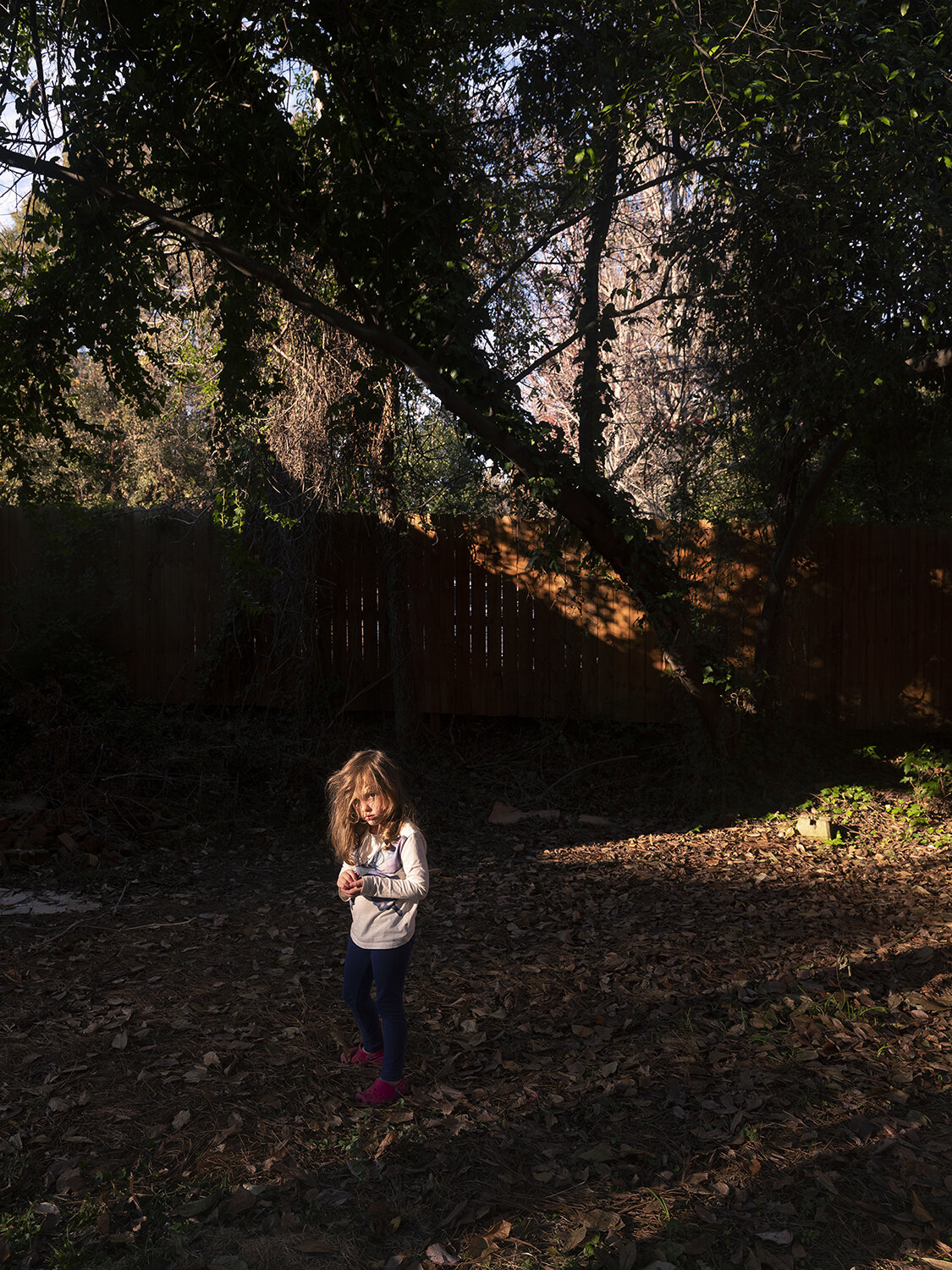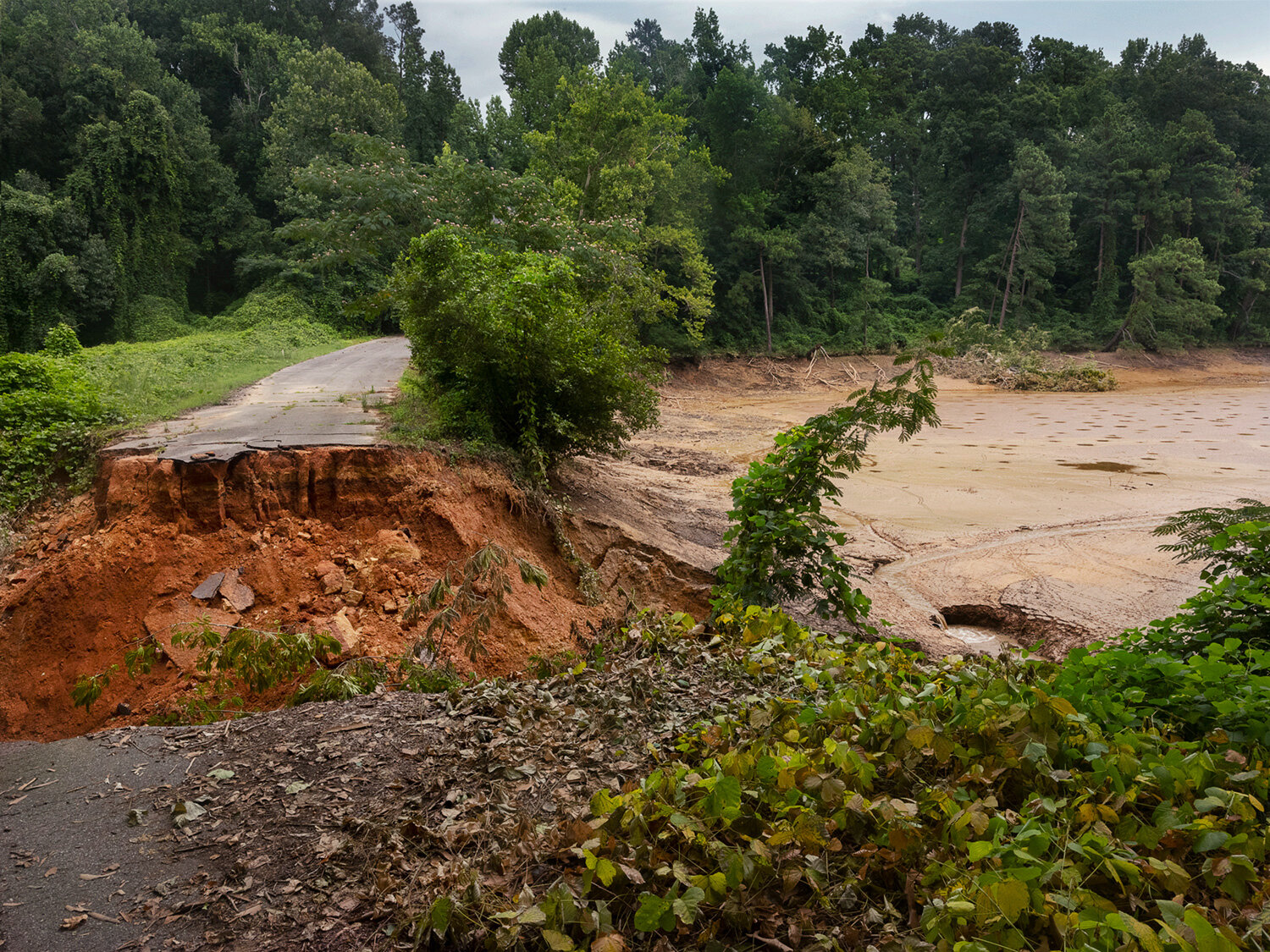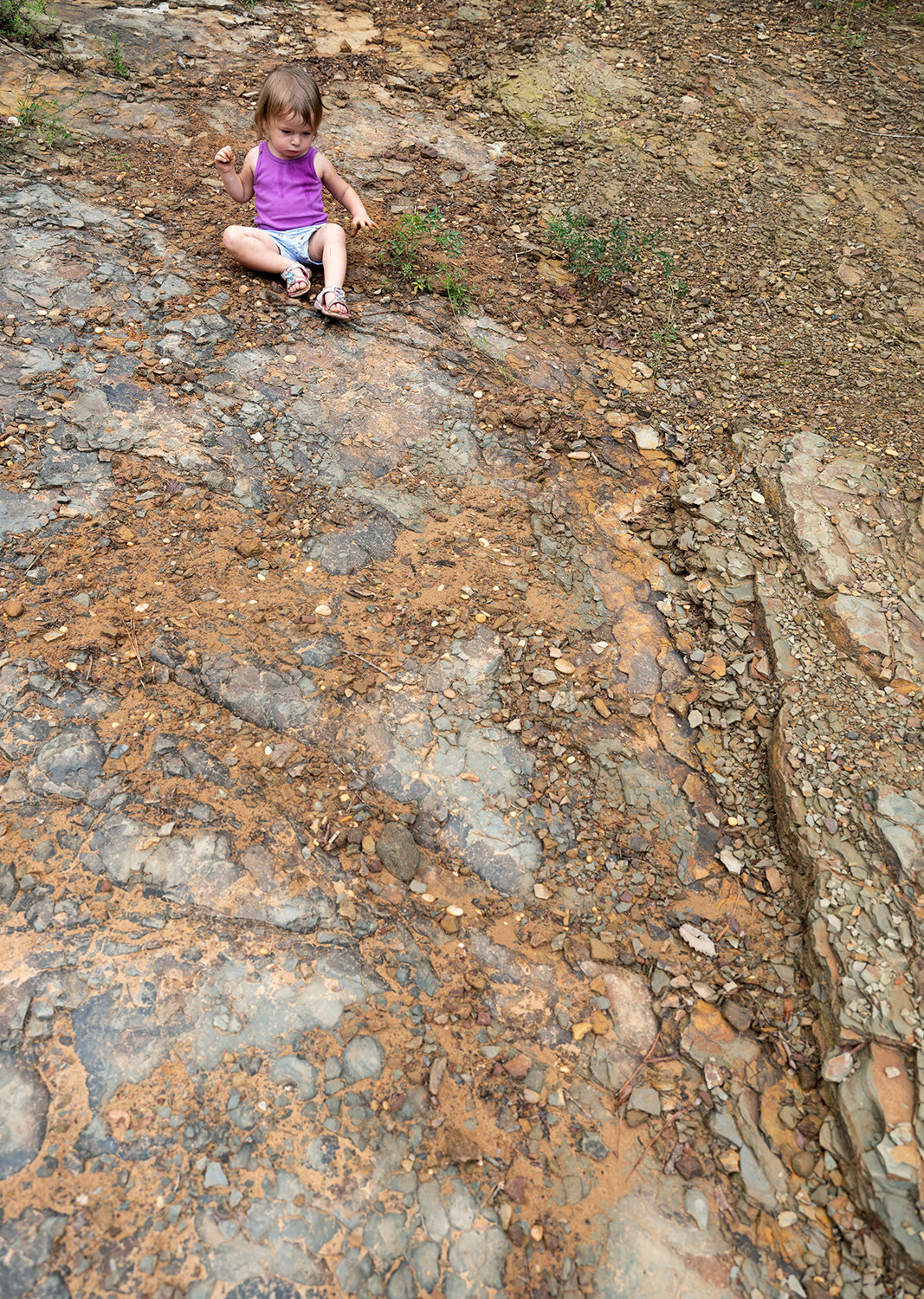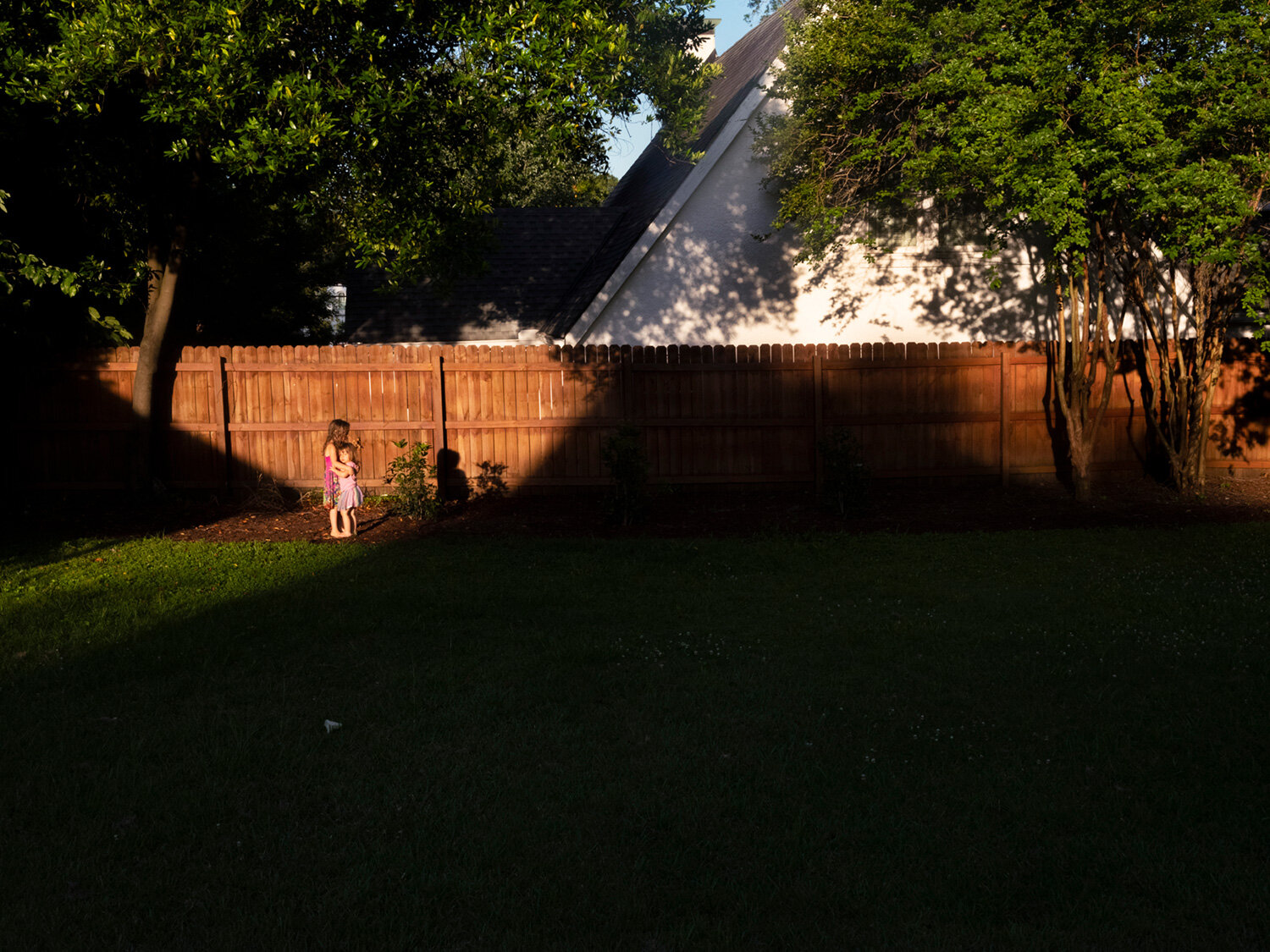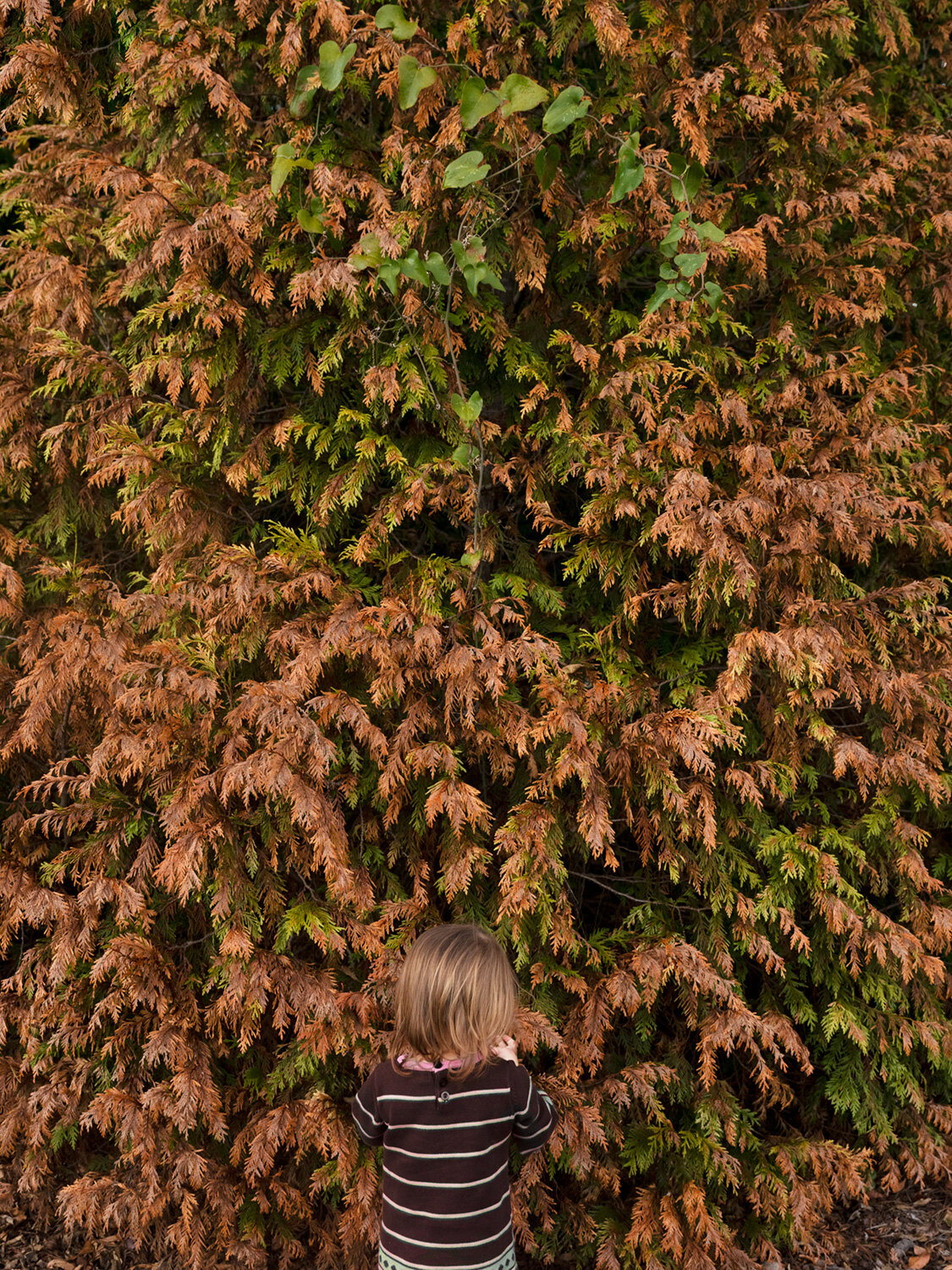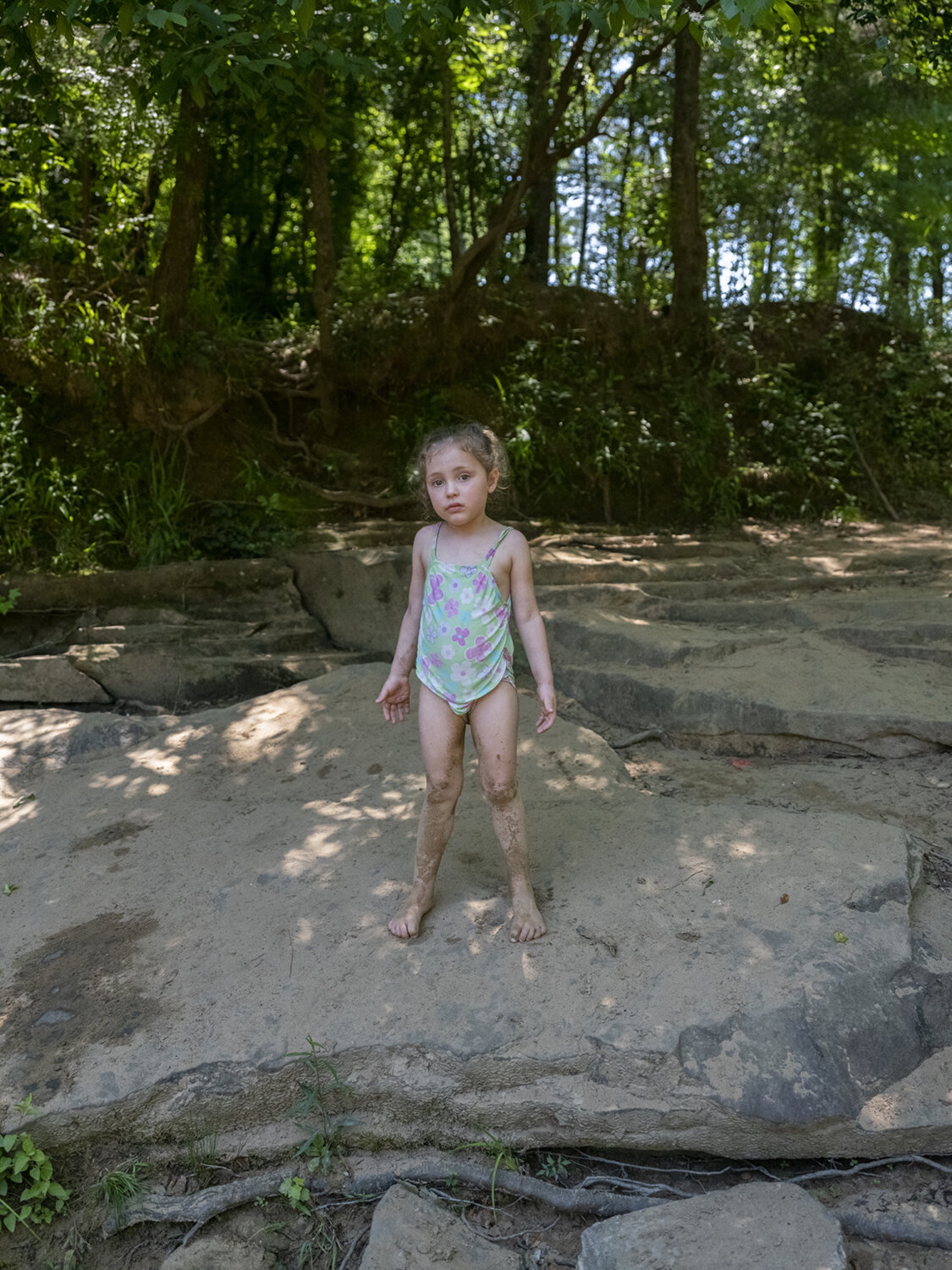Q&A: Allison Grant
By Jess T. Dugan | January 7, 2021
Allison Grant is an artist, writer, curator, and Assistant Professor of Photography at the University of Alabama in Tuscaloosa. Her artworks have been widely exhibited at venues including the DePaul Art Museum, Azimuth Projects, Catherine Edelman Gallery and the Weston Art Gallery, among others. She was the 2019 recipient of the Developed Work Fellowship from the Midwest Center for Photography and shortlisted for the 2019 FotoFilmic Mesh Prize. Works by Grant are held in collections at the DePaul Art Museum (Chicago), Columbia College Chicago, Cincinnati Children’s Hospital Research Foundation art collection, and the King County Portable Works Collection (Seattle, Wash.). Essays by Grant have appeared in Minding Nature Journal and INCITE: Journal of Experimental Media, Volume 7, as well as numerous artist publications and exhibition catalogs. Grant holds an MFA from Columbia College Chicago (2011) and BFA from the Columbus College of Art and Design (2004).
Jess T. Dugan: Hi Allison! Thanks so much for speaking with me today – I’m really excited about our conversation. You’re an artist, writer, curator, and educator, currently based in Tuscaloosa, Alabama, where you are an Assistant Professor of Photography at the University of Alabama. What originally led you to photography, and what was your path to getting to where you are today?
Allison Grant: Hi Jess, it’s a pleasure. I discovered my love for photography when I enrolled in a darkroom class as a sophomore in high school. I don’t think I could articulate this at the time, but I was attracted to the medium’s potential to poetically convey ways my interior sense of self existed in relation to the exterior world. By the time I graduated from the Columbus College of Art and Design where I earned a BFA, I knew I wanted to be a fine art photographer and faculty at a college or university. So as a result, I decided to attend Columbia College Chicago to earn an MFA. While at Columbia, I interned at the Museum of Contemporary Photography as a curatorial assistant. In school and at work, I was immersed in discussions with some of the most talented photographers and curators I’ve ever known. It was a thrilling period of growth and after I graduated, Natasha Egan, MoCP’s Director, asked me if I wanted to stay on and work as a curator and museum educator. I was at MoCP for eight years and I loved working there. At some point, I realized I was going to have to either focus my career on being an institutional curator or an artist, and there was a yearning to make art that I couldn’t shake. Three years ago, when I had the chance to move to Tuscaloosa and accept an assistant professorship in photography, I jumped even though I’d only set foot in Alabama once, during my interview. It turns out Alabama is a wonderous and complex place to photograph. I am entranced by the light in this region and getting to know the American South has been an invigorating adventure.
JTD: I’m curious about the interplay between your curatorial work and your fine art work: in what ways do they inform one another?
AG: I feel most at home in quiet galleries and museums. I’m an introvert and I love to wander and discover artworks slowly. When I make art, I imagine it in a museum and most of my curatorial work has been shown in museums. In both ways of working, I’m always seeking the possibility that someone might have a slow, impactful moment of discovery with an artwork and then carry the impression it leaves as they go about their life. There are pieces and entire exhibitions like that for me—works that I’ve seen and continued to think about for years. I guess you could say that curators and artists have had a big impact on how I think about the world and I aspire to offer that experience to others.
Ocean Sunset, from Unsoiled
JTD: In your earlier project, Unsoiled, you created representations of natural landscapes that you built in your studio out of plastic and other synthetic materials, exploring your “interest in the impact of human refuse on ecology and the global environment.” In your more recent project, Within the Bittersweet – which I’ll ask you more about in a moment – you are once again exploring environmental concerns, though this time through the lens of being a mother and raising children in a rapidly changing and unstable planet. Where did your interests in ecology and the environment originate? Do you anticipate these interests will remain a core through line in your work going forward?
AG: I grew up playing and dreaming in the woods behind my childhood home in Ohio. I didn’t know it then, but I was becoming an environmentalist and discovering in myself a trait that most environmentalists I’ve come across share—a particular sensitivity to the fact that human life is a small part of the vast, interconnected natural systems that make up our planet. I cannot imagine a more interesting set of questions to spend my life pondering than those that began to take root when I’d play in the woods—who am I in this great Universe and where does my existence end and the existence of other lifeforms, human or not, begin? With the urgency of climate crisis amplifying my concern for ecological stability, I do think I’ll continue to build my work around these issues for the foreseeable future.
Shadow Mother
JTD: Let’s jump in to Within the Bittersweet. How did this work begin? How has it evolved over the many years you’ve been working on it?
AG: Like a lot of parents, my climate grief and fear ratcheted up significantly after having children. I’m pretty clear-eyed about the reality that we’ll begin to see major effects of climate change within my lifetime—it’s already starting to happen. Yet, as important as the issue is, it is difficult to photograph, because in many parts of the world, it isn’t visible in everyday life. The idea of photographing my children felt like an entry point I hadn’t seen other photographers explore. I was intrigued by the possibility of engaging with this huge issue through a personal and human story.
I started taking pictures for the project about three years ago. At first, I made pictures like Shadow Mother that are heavily metaphoric. The images had a lot of emotional punch, but they seemed untethered to the actual issues I was trying to address. One day, as I was driving to pick my kids up, I saw a giant plume of dark smoke right above their school. I knew right away that it was a chemical fire. Later I learned that the fire was at an insecticide facility that handles a chemical called pentachlorophenol. There was a shelter in place order in effect in Tuscaloosa when I took the image A Chemical Fire Burns 800 Feet From My Children’s School through my car windshield. The experience opened my eyes to the present and made me look more closely at the industrial activities that are happening in the landscape my family lives within. As I researched, I came to see industrial pollution and climate change as entwined issues and equally important to human health and well-being. From there, I continued to weave these two types of pictures together as a way of considering the beauty and heartbreak of raising children on a wonderous, changing planet.
A Chemical Fire Burns 800 Feet From My Children’s School
JTD: I’m interested in the way you integrate images of yourself and your children with images of the toxic landscape you mention, filled with paper mills, Petroleum Coke, logging yards, coal mines, acid drainage, chemical fires, and other evidence of human destruction of the land. Some of the images of your children are incredibly tender – I’m thinking especially of Holding Lorelei – while others feel fearful, like you are trying to protect them, such as With Lorelei or Shelter Shadow. Talk to me about this duality; how do you blend tenderness and fear in this work?
AG: I’m glad you picked up on that. Parenting young children is, for me, this incredibly tender experience of love. Love carries a complex mix of emotions and one of the things I’m trying to capture is a sense of the ways deep love can make us feel whole as it also, paradoxically, has elements of vulnerability and fear. I’ve tried to weave the duality of those emotions throughout the work, sometimes using shadow as a metaphor, as in the images you mentioned. Another way I’ve approached duality is by creating tension within a landscape that is both beautiful and poisonous.
Holding Lorelei
I do want to point out that the specific fears that my work addresses are not an irrational outgrowth of love. My parents grew up in West Virginia and they have many childhood friends who were unknowingly exposed to industrial toxins and now suffer from cancer, lupus, and other auto-immune diseases. There are toxic pollutants near communities in Cincinnati where I grew up and Chicago where I lived for ten years. Our government has a problematic track record of protecting people and it often takes a long period of time for populations or communities to see the negative health effects that result from exposure to toxic substances. There is actually a term for this delay: it’s called the latency period. You could say that climate change is, in many ways, in a latency period because the greenhouse gases we’ve already released in the atmosphere will continue to warm the planet in the coming decades—with the next few years playing a pivotal role in the severity of impacts. The title of the project, Within the Bittersweet, is meant to reference the brief, bittersweet period of my life when my children are young, only partly formed, near to me, and most susceptible to carcinogens and neurotoxicants. In many ways, the project is about what it means to love them and raise them while latent environmental issues simmer in the shadows of our lives.
Shelter Shadow
JTD: What is your process of making work with your children? I know they are relatively young, but to what extent do they participate in the image-making process? How do you anticipate this may evolve going forward?
AG: Our relationship as photographer and subject is constantly shifting just like our bond as parent and child. My eldest daughter Isa is six, and she likes to collaborate on certain pictures with me, which is really fun. She isn’t self-conscious yet, so she’ll pose and then start imagining herself in a different world as I keep shooting. The dance between controlled poses and her wandering imagination sometimes leads to really interesting photos. My younger daughter Lorelei just turned three and she won’t sit still. She is hard to photograph, yet her constant motion sometimes allows things to happen that are spontaneous and bring a lot of life to the project. One example is Watching. You could never plan a picture like that. Sometimes I just follow her around and take pictures because I never know when magic will strike. She keeps me open to the possibilities of working like a street photographer who moves within the flow of everyday life.
Watching
JTD: Environmental justice is so connected to social justice, but the link between the two is not always clearly understood. To what extent do you view your work as being politically motivated? Do you have a specific goal in mind for this project upon its completion?
AG: That’s an important point, Jess, and your question gets at the idea that environmentalism is about protecting human beings, not just nature conservation. I think a lot of people are processing fears and questions about climate change similar to those addressed in my work and pushing for action. Phasing out fossil fuels isn’t enough, though, if communities are still in direct proximity to toxic pollution. By using my personal life to connect to large, geopolitical forces that are reshaping the climate and the local landscape I live within, I’m trying to bring a poetic and human sensibility to the politics that surround industrial waste. One hope I have for my work is that it can offer insight into the need to hitch solutions together to address climate crisis and community contamination simultaneously.
Paper Mill Stacks
JTD: What are you currently working on? What’s on the horizon for you as an artist?
AG: I’m beginning the process of thinking about Within the Bittersweet as a book project, which is exciting. The work seems to lend itself to that form. At the same time, I’m starting research for a new photographic project about the complicated cultural narratives that surround endangered species and the fragility of life. It is too early to know what that project will look like, but I’m excited to discover its contours over the next few years.
JTD: Wonderful Allison, thanks so much!
Train Yard
All images © Allison Grant

